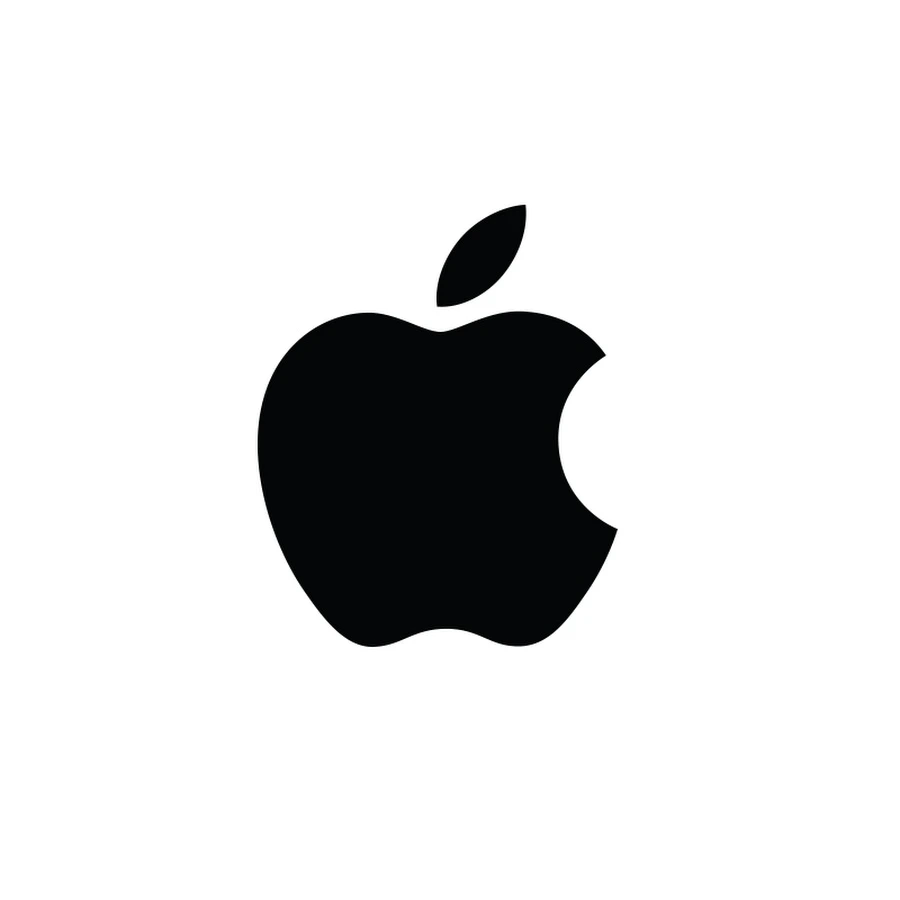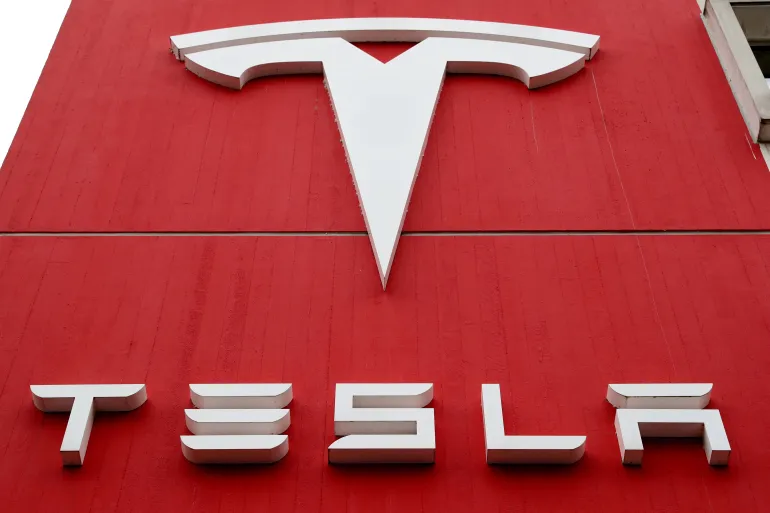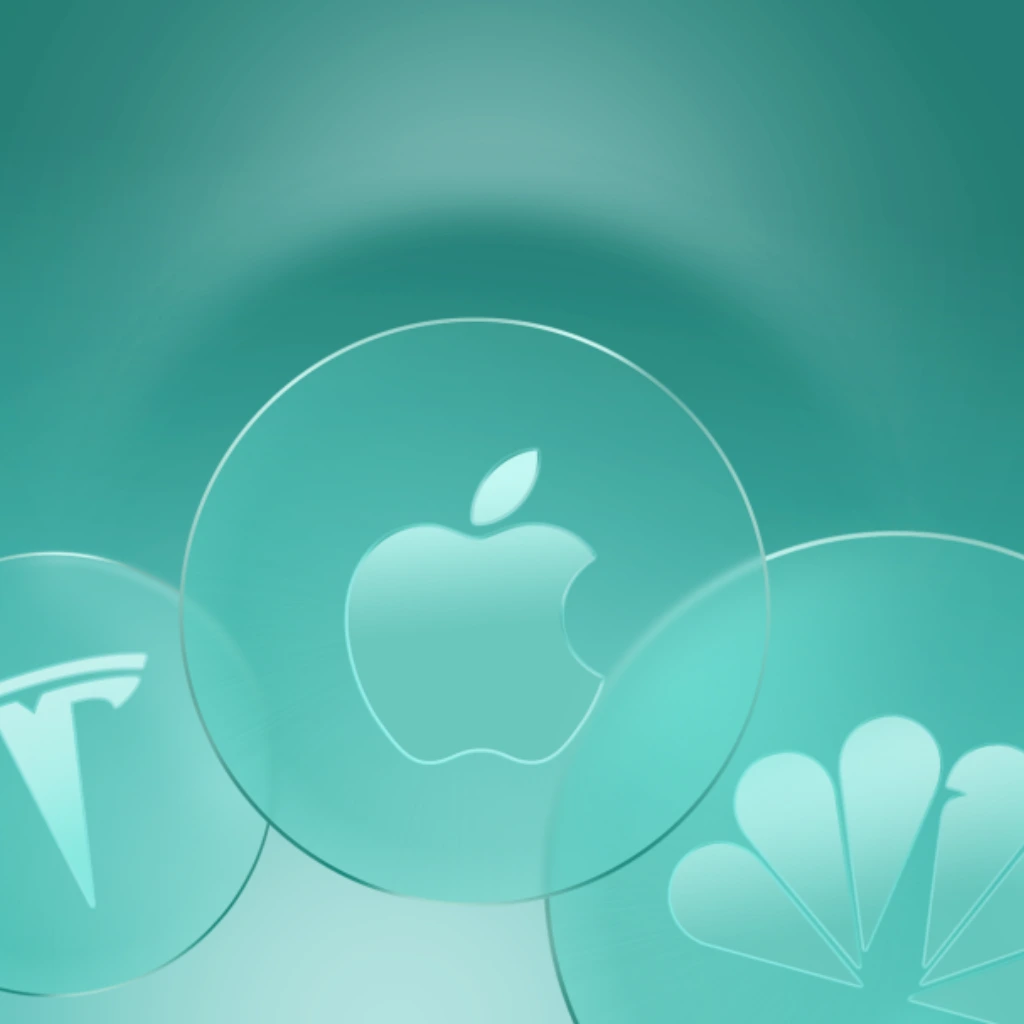1. Definition and Structure of Tokenized Stocks
Tokenized stocks are blockchain-based digital tokens that represent ownership of real-world equity shares. Each token is pegged 1:1 to a traditional stock, such as Apple or Tesla, and is typically issued by a regulated entity or financial intermediary. These digital tokens are structured as security tokens, meaning they carry the same rights and economic value as the underlying assets, including dividends, price movements, and in some cases, voting rights.
The underlying shares are custodied by a centralized provider, such as a broker-dealer, and held in reserve to back the issued tokens. This ensures that the digital tokens remain fully collateralized and maintain parity with the original equities.


2. Technical Components of Tokenized Stocks
Blockchain Layer:
Tokenized stocks are issued on public or permissioned blockchains such as Ethereum, Solana, or Polygon. Smart contracts govern the issuance, transfer, and redemption of tokens, enabling automation of processes like dividend payouts or compliance checks.
Smart Contracts:
Smart contracts encode ownership logic, transfer rules, and regulatory controls such as KYC/AML restrictions or geographic limitations. These programmable contracts ensure tokens can only be traded by whitelisted, verified users in compliance with applicable laws.


Custodial Infrastructure:
A key element of tokenized stocks is the custodial account where the real stocks are stored. These accounts are typically maintained by regulated entities that provide proof-of-reserve reporting and auditability to ensure tokens are always backed 1:1 by the real stock.
Token Standards:
Popular token standards include:
- ERC-20 (Ethereum): Widely adopted for fungible tokens but often customized for security tokens.
- ERC-1400: A security token standard that supports compliance, partitioning, and transfer restrictions.
- SPL (Solana) and other L2 standards may also be used depending on the issuing platform.
3. Trading and Liquidity Mechanisms of Tokenized Stocks
Tokenized stocks are traded on digital asset exchanges or specialized Security Token Offerings (STO) platforms, such as FTX (formerly), Securitize, or INX. These platforms often operate under broker-dealer licenses and must comply with regional securities laws (e.g., the U.S. SEC, the EU’s MiFID II).
Because blockchain operates 24/7, tokenized stocks can be traded outside of traditional market hours. This enhances liquidity and allows for real-time settlement, typically within seconds to minutes, as opposed to T+2 days in traditional markets.
4. Regulatory Considerations
Tokenized stocks fall under securities regulation in most jurisdictions. This means:
- Issuers must register or qualify for exemptions.
- Exchanges must obtain necessary licenses (e.g., ATS license in the U.S.).
- Investors may face accreditation or jurisdiction-based restrictions.
Additionally, regulators are still assessing the compliance frameworks for cross-border tokenized asset trading, which could affect adoption timelines.
Notable compliance components:
- KYC/AML enforcement at onboarding.
- Geo-fencing for jurisdictional compliance.
- Transfer restrictions coded into tokens to prevent unauthorized trades.

5. Benefits of Tokenized Stocks
- Fractional Ownership: Buy smaller portions of high-value stocks, making investment accessible to a broader audience.
- 24/7 Trading: Unlike traditional stock markets, blockchain-based tokens can be traded at any time.
- Instant Settlement: Eliminates delays caused by intermediaries, with smart contracts enabling real-time clearing.
- Global Access: Users worldwide can access U.S. or foreign equities without needing a local broker or bank.
6. Limitations and Risks
- Regulatory Uncertainty: Varying interpretations of tokenized equities create a fragmented legal landscape.
- Custodial Risk: If the issuer or custodian mishandles the underlying shares, token holders may be left unprotected.
- Liquidity Risk: Tokenized stock markets are relatively new and may lack sufficient buyers or sellers at any given time.
- Technical Complexity: Users must understand wallet security, smart contract risks, and token management.

7. Real-World Implementations and Outlook
Several platforms have piloted or launched tokenized stock services. For example:
- Synthetix offered synthetic equities.
- Binance previously allowed tokenized stock trades before regulatory pressure halted the service.
- Securitize and INX continue to explore compliant offerings.
Future Outlook:
As regulatory frameworks evolve and blockchain infrastructure matures, tokenized stocks may become a standard component of the global financial system. Major institutions are exploring blockchain for settlement efficiency, cross-border trading, and digital asset custody, which supports long-term adoption.
Conclusion
From a technical standpoint, the tokenization of stocks is entirely feasible and increasingly sophisticated. While full adoption will depend on regulatory alignment and infrastructure scaling, the underlying mechanisms — custody, token issuance, blockchain compliance — are already in place. Tokenized stocks represent a promising convergence of traditional finance and blockchain innovation, potentially transforming how global equity markets operate.
Relevant Link : Here



